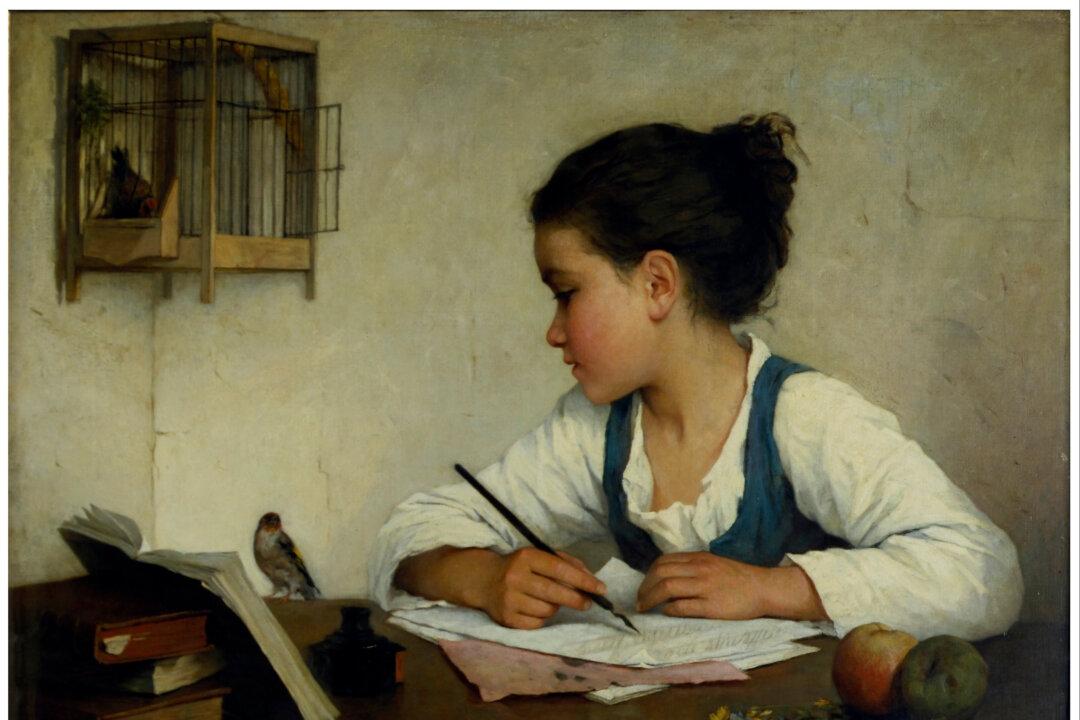In November 2018, the Nation’s Report Card announced that no more than 40 percent of America’s fourth and eighth graders are proficient in reading and math. Those are scary numbers, but the numbers for writing are even more frightening: Only 27 percent of American eighth and 12th graders attained proficiency.
Why are American students such terrible writers?





